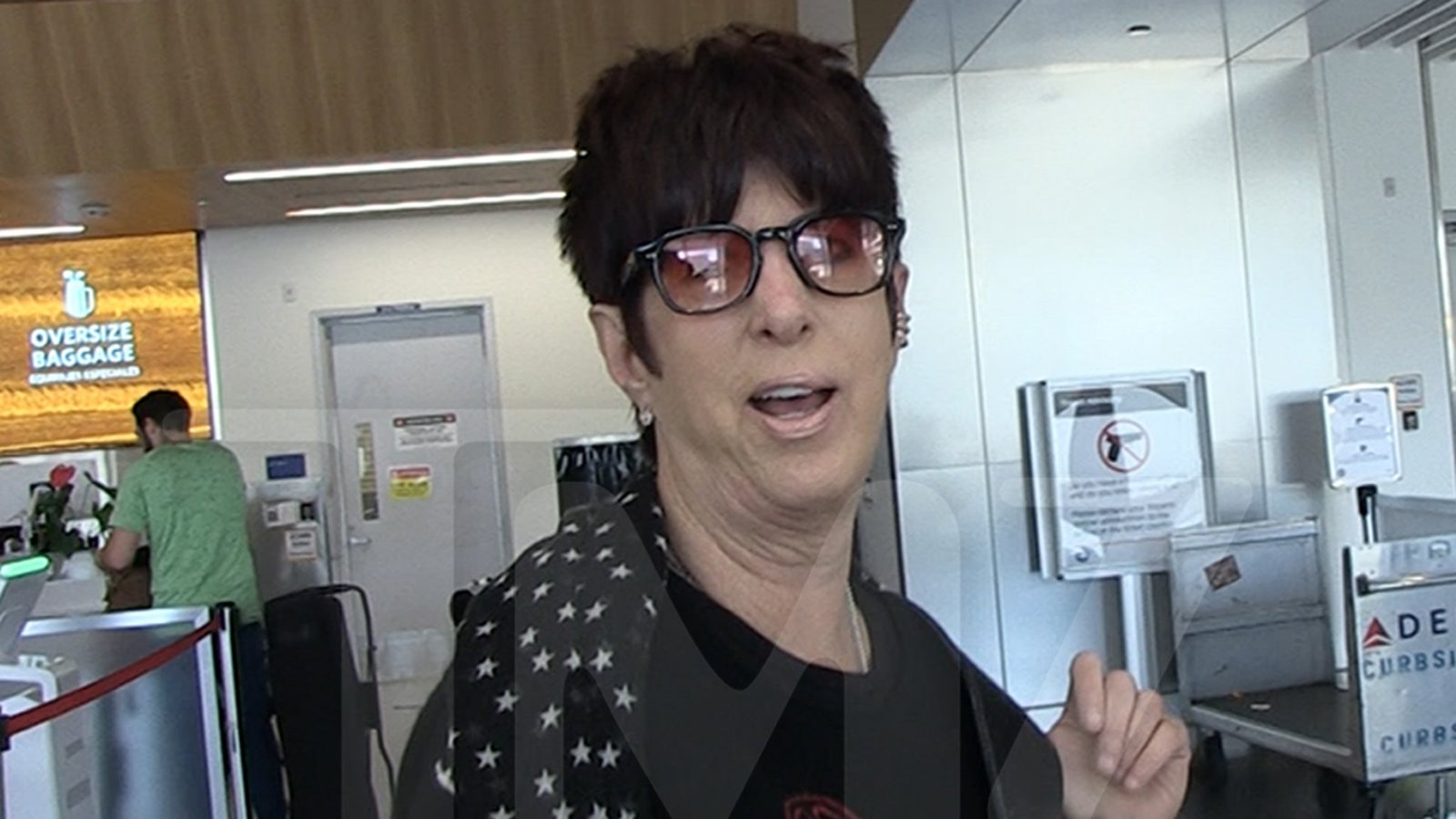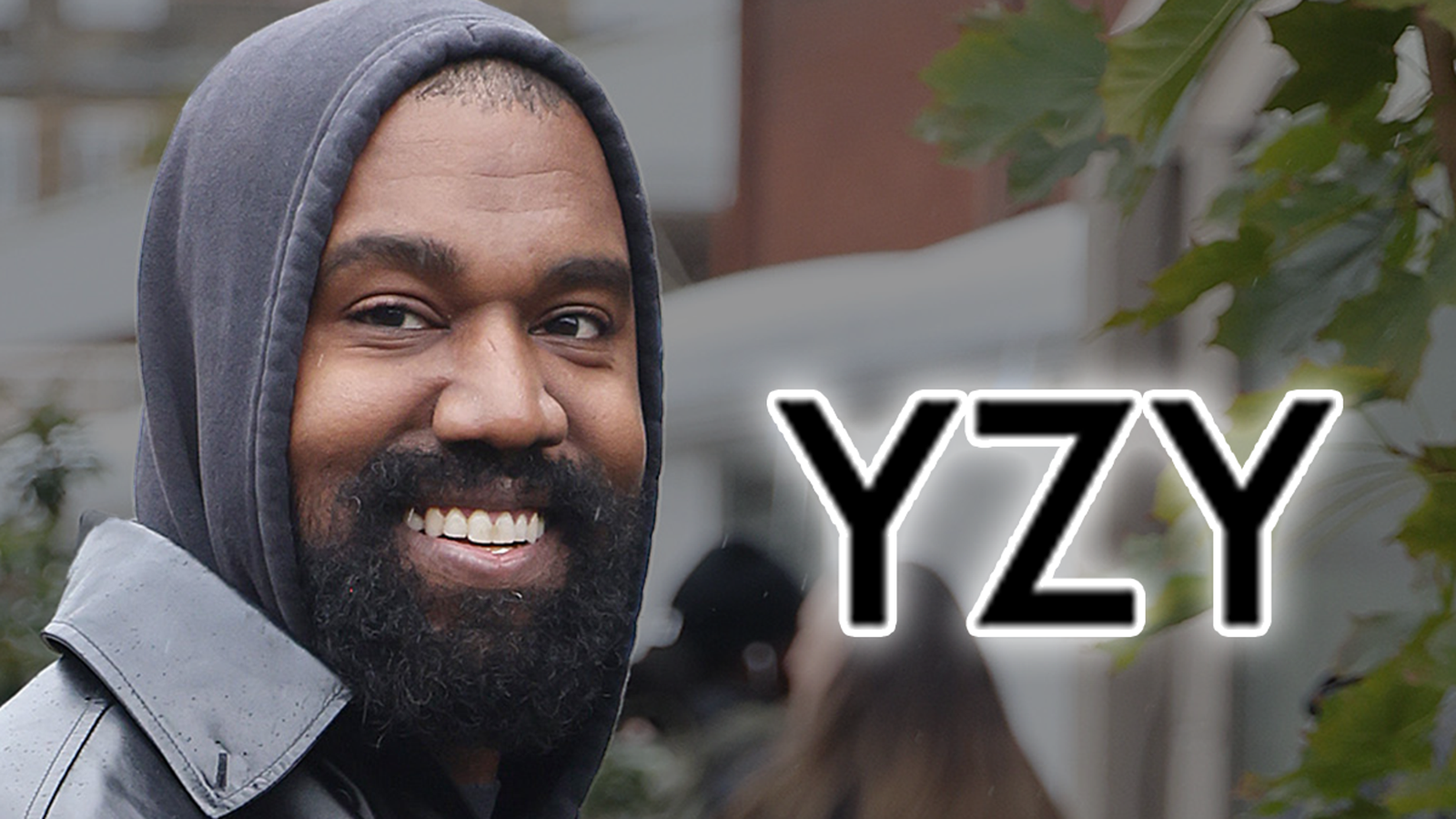The
element in HTML is a versatile container that can hold various types of content, such as text, images, videos, and other HTML elements. It is a fundamental building block of web development and is commonly used to structure and organize content on a webpage.
In the example provided, we see several
elements being used to structure different sections of an article about songwriter Diane Warren. Each
element contains specific content, such as text, images, and videos, and helps to visually separate and organize the information.
The
element is a block-level element, meaning it will typically start on a new line and take up the full width available. It can be styled using CSS to customize its appearance, such as setting background colors, borders, padding, and margins.
In the example article,
elements are used in conjunction with other HTML elements, such as
and
, to create a well-structured and visually appealing layout for the content. By nesting elements within each other, developers can create complex and dynamic web pages with ease.
Overall, the
element is a powerful tool for web developers to create structured and organized content on a webpage. It plays a crucial role in layout and design, allowing developers to create visually appealing and user-friendly websites.





